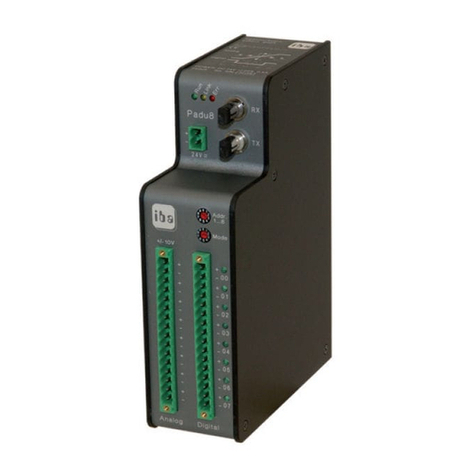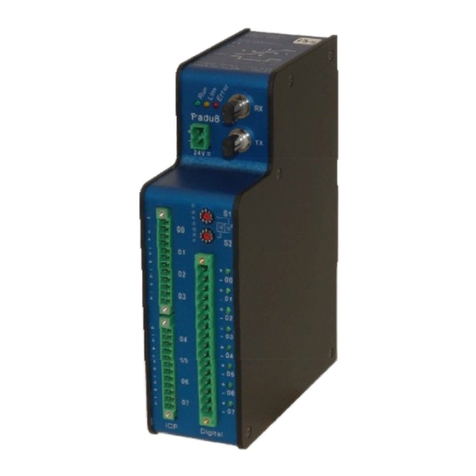
Table of contents
1About this manual ...........................................................................................5
1.1 Target group.................................................................................................. 5
1.2 Notations....................................................................................................... 5
1.3 Used symbols................................................................................................ 6
2Introduction .....................................................................................................7
3Scope of delivery.............................................................................................9
4Safety instructions ..........................................................................................9
4.1 Designated use ............................................................................................. 9
4.2 Special advices ............................................................................................. 9
5System requirements....................................................................................10
5.1 Hardware .................................................................................................... 10
5.2 Software...................................................................................................... 10
6Mounting and dismounting .......................................................................... 11
6.1 Mounting ......................................................................................................11
6.2 Dismounting .................................................................................................11
7Device description ........................................................................................12
7.1 Device view................................................................................................. 12
7.1.1 Front view ................................................................................................... 12
7.1.2 Bottom view ................................................................................................ 12
7.2 Indicating elements ..................................................................................... 13
7.3 Connections ................................................................................................ 14
7.3.1 Fiber optic connections X10 (TX) and X11 (RX) .......................................... 14
7.3.2 Power supply X14 ....................................................................................... 14
7.3.3 Analog / digital inputs .................................................................................. 14
7.3.4 Grounding screw X29.................................................................................. 16
7.3.5 Ethernet interface X12................................................................................. 16
7.3.6 RJ11 connection X9 .................................................................................... 18
7.4 Operating elements..................................................................................... 18
7.4.1 Rotary switch S1 ......................................................................................... 18
7.4.2 Rotary switch S2 ......................................................................................... 18
8System integration........................................................................................20
8.1 Homogeneous ibaPADU-8AI chain.............................................................. 20
8.2 Ring topology with ibaLogic-V3 (Asynchronous mode)................................ 21
9Configuration................................................................................................. 22
9.1 Configuration in ibaPDA .............................................................................. 22
9.1.1 First steps ................................................................................................... 22
9.1.2 Padu 8/-I – „General“ tab............................................................................. 24

































